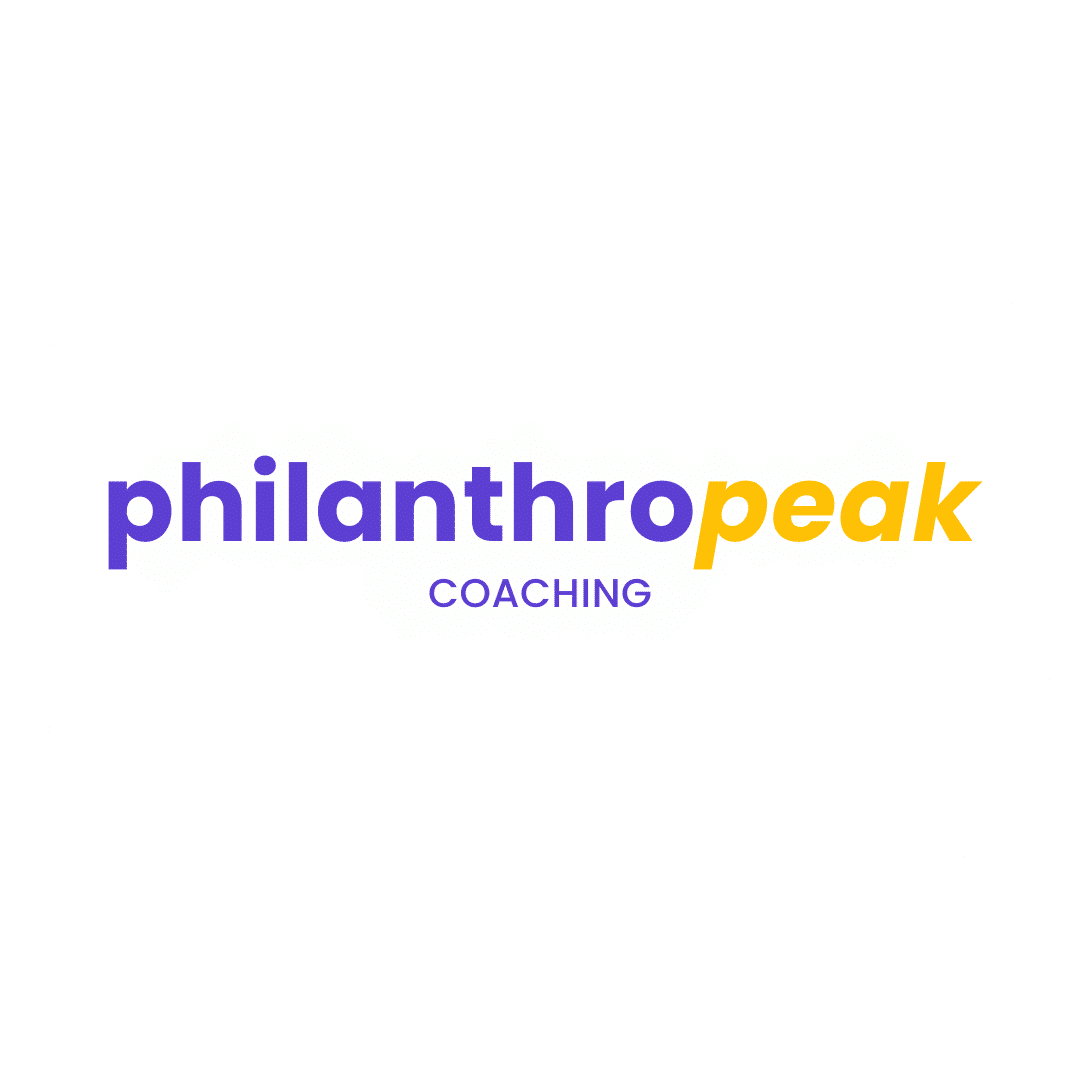Ever found yourself forgetting to eat all day, then binging on snacks at midnight?
Struggle with meal planning because your brain can’t decide between toast or takeaway?
Feel out of control around food—and wonder if it’s tied to your ADHD?
You’re not alone.
ADHD and eating disorders often show up together, but most people don’t talk about it.
We’re not here to diagnose or treat anything medical.
We’re here to break down the why, so you can stop beating yourself up and start seeing patterns.
Let’s dive into what’s really going on behind the scenes—and what to do about it.
Why ADHD and Eating Disorders Often Coexist
Here’s what no one tells you:
ADHD doesn’t just mess with your calendar and your inbox.
It can totally throw off your relationship with food.
You’re not lazy. You’re not lacking discipline.
It’s brain wiring.
Here’s how it plays out:
1. Impulsivity = grab whatever’s nearest
If you’re hungry, overstimulated, or bored, you eat. Fast. Without thinking.
And it’s rarely kale.
ADHD impulsivity fuels patterns that feed into ADHD and eating disorders like:
-
Binge eating
-
Emotional eating
-
Mindless snacking while scrolling
You don’t “plan” to eat the whole pack. It just happens.
Then comes the shame spiral.
2. Emotional dysregulation = food as a coping tool
ADHD makes emotions hit harder.
Stress. Anxiety. Overwhelm. Even excitement.
Food becomes a dopamine boost. A comfort blanket. A break.
This is especially common if:
-
You struggle to self-soothe
-
You’ve masked for years and are exhausted
-
You hit burnout, and everything feels too much
This emotional intensity is one of the biggest bridges between ADHD and eating disorders.
3. Hyperfocus = forgetting to eat
You’re in the zone. Hours pass.
Then your blood sugar crashes—and your brain wants everything in sight.
This is why:
-
You skip breakfast, then demolish the fridge at night
-
You snack through stress but never feel satisfied
-
You swing between undereating and overeating in the same week
The hyperfocus–crash loop is super common in people experiencing both ADHD and eating disorders.
4. Executive dysfunction = food decisions feel impossible
Making a meal plan?
Grocery shopping?
Deciding what to eat?
Too many steps.
Too many options.
Not enough energy.
This is why people with ADHD:
-
Rely on takeaways or “kid foods”
-
Forget what’s in the fridge
-
Feel overwhelmed by cooking even simple meals
This executive overload can fuel the behaviours seen in ADHD and eating disorders alike.
Common Eating Challenges for People with ADHD
Let’s keep it real.
These patterns aren’t “bad habits”—they’re survival tactics.
But they mess with your energy, focus, and confidence.
Here’s what I see all the time in ADHD entrepreneurs and creatives:
👉 Skipping meals, then crashing hard
Your brain’s on a roll, and you forget to eat.
Then your mood tanks, focus disappears, and cravings take over.
👉 Using food to block out noise
Food becomes a buffer.
Against emails. Kids. Pressure. Overstimulation. Even boredom.
You’re not hungry—you’re trying to feel something else.
👉 Feeling guilt and shame after eating
You eat impulsively.
Then spiral into thoughts like:
-
“I’ve ruined the day.”
-
“I can’t control myself.”
-
“I should start over tomorrow.”
That mindset keeps you stuck.
It fuels disordered patterns—even if you don’t realise it yet.
👉 Getting stuck in all-or-nothing food rules
You either eat “perfectly” or go full chaos.
You try new food systems, meal prep routines, or diet hacks… and then ditch them by Friday.
This “black or white” thinking is common in both ADHD and eating disorders.
Why This Hits ADHD Entrepreneurs Even Harder
Running a business with ADHD is already a rollercoaster.
Throw in food issues and it’s chaos times ten.
No energy = no clarity.
No clarity = no consistency.
No consistency = burnout or inconsistent income.
That’s why at PhilanthroPeak Coaching, we focus on systems that support your whole brain—including how you eat, rest, and work.
You can’t scale if you’re skipping meals and running on crisps and coffee.
And you certainly can’t grow sustainably while stuck in patterns linked to ADHD and eating disorders.
Real-World ADHD-Friendly Food Strategies That Actually Work
You don’t need another complicated food plan.
You need structure that’s simple, flexible, and actually fits your life.
Try these:
🍽 Use visual food cues
Put snacks in sight so you remember to eat.
Put water bottles where you work.
Use sticky notes or timers if needed.
📅 Build flexible food routines
Instead of rigid meal plans, aim for anchors:
-
Breakfast = something quick with protein
-
Lunch = one of three go-to options
-
Dinner = “low-effort list” of easy meals
🛒 Make meal prep ADHD-safe
-
Batch cook one thing (like pasta or chilli)
-
Keep backup frozen meals
-
Order groceries online with a saved list
🧠 Track mood + food without judgement
Use a notes app or journal to spot patterns:
-
What triggers binge eating?
-
When do you forget to eat?
-
How does food impact your focus or mood?
This builds awareness without shame.
👥 Get community or coaching support
You’re not broken. You’re neurodivergent.
Find ADHD groups, follow creators like Jessica McCabe, or work with a coach who gets your brain.
It’s not about “fixing” you.
It’s about working with your wiring—so you don’t crash every time life gets messy.
Lived Experience + ADHD and Eating Disorders
You’ve probably read the list of “symptoms” on NHS or NEDA sites.
But that doesn’t tell the full story.
People with ADHD and eating disorders often feel like they’re spinning in circles trying to “be better.”
But this isn’t about food.
It’s about control, chaos, shame, and survival.
It’s about managing emotional dysregulation, building safety, and learning how to function when your brain won’t cooperate.
Online ADHD Communities Make a Difference
Creators like Dani Donovan, Jessica McCabe, and others have changed the way we talk about ADHD online.
Their platforms are filled with real talk on:
-
ADHD and eating disorders
-
Coping with executive dysfunction
-
Understanding sensory needs
-
Building self-compassion
Check out:
-
How to ADHD YouTube
-
r/ADHDwomen on Reddit
-
ADHD entrepreneur support groups on Facebook
These spaces remind you: You’re not alone. And you’re not doing it wrong.
5 ADHD-Friendly Systems to Support Eating Without Overwhelm
🔁 1. Create a “Default Day” for Food
Pick one food pattern and repeat it when decision fatigue hits.
📦 2. Build a Lazy Food Station
Stock grab-and-go stuff so you don’t default to takeout.
🧠 3. Use External Memory Triggers
Use tech, reminders, post-its—whatever helps your brain remember to eat.
🧺 4. Prep for Bad Brain Days, Not Ideal Ones
Design meals for real life. Not for your “productive” fantasy self.
💬 5. Start Noticing, Not Judging
Track what’s going on without making it mean something bad about you.
💬 FAQs About ADHD and Eating Disorders
Q: Is it common for ADHD to affect eating habits?
Yes, and it’s why so many people deal with both ADHD and eating disorders at the same time.
Q: Can you have disordered eating without a full diagnosis?
Absolutely. Many people struggle silently with patterns that affect daily life.
Q: Why do I binge at night even when I’m trying to be healthy?
ADHD and hyperfocus can lead to skipped meals, blood sugar crashes, and emotional eating.
Q: How do I break the cycle?
Work with your brain. Not against it. Start small. Build structure. Drop shame.
Q: Can ADHD coaching help?
Yep. At PhilanthroPeak, we help ADHD entrepreneurs design systems that support consistent eating, energy, and business clarity.
If ADHD and eating disorders are draining your energy, wrecking your focus, and holding your business back—don’t add more to-do lists.
Build a system that supports you.
Let’s create routines that hold up on your worst days.
👉 Join The Automated ADHDpreneur™ Program






